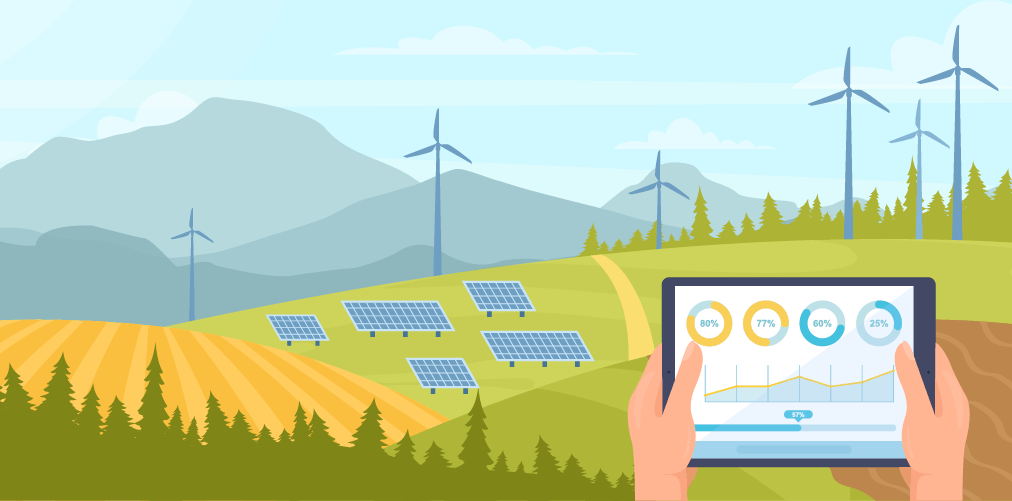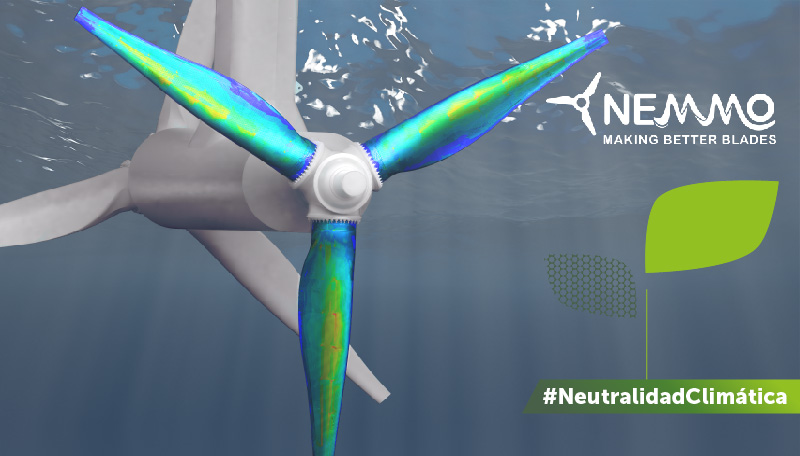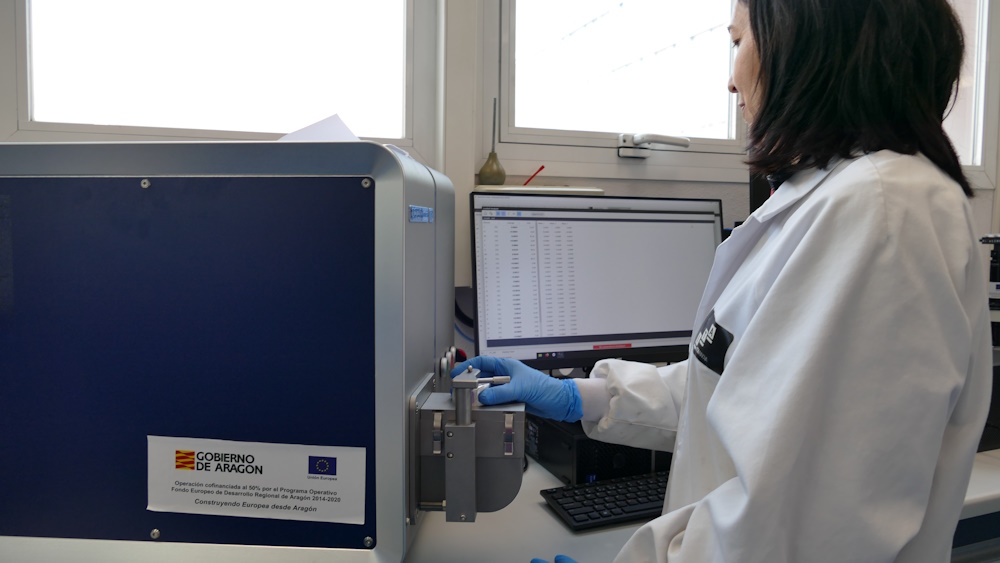Renewable energies: innovation in materials for a low-carbon future
RENEWABLE ENERGIES AND THE CHALLENGE OF CLIMATE CHANGE
European citizens consider climate change as a serious problem and the probability of irreversible climate consequences is growing. Promoting a climate action to ensure the sustainable development of Europe, being Europe the world leader in renewable energies, achieving a fair transition for consumers and meeting the United Nations Sustainable Development Goals (SDGs) has become one of the main challenges of the present.
The transition towards climate neutrality by 2050, with the goal of zero net greenhouse gas emissions, puts energy at the centre of this challenge, since today energy is responsible for more than 75% of EU’s greenhouse gas emissions. The world’s energy transformation is accelerating, seeking to transform the current energy model, intensive in the use of fossil fuel-based energies, into a new paradigm focused on renewable energies, electrification, energy efficiency and distributed generation.
It is estimated that, by 2050, the fast deployment of renewable energy and improved energy efficiency can achieve 90% of the emission reductions needed to meet climate commitments under the Paris Agreement. However, achieving energy transformation requires a significant acceleration in the deployment of existing solutions and additional innovation efforts.
According to the International Renewable Energy Agency (IRENA), innovation is necessary, on the one hand, to accelerate implementation, drive cost reduction, improve performance and enable the integration of existing and emerging renewable technologies into energy systems and, on the other hand, to discover and develop new technologies.
In this scenario, basic strategic objectives set for renewable energies are three:
- Increase energy competitiveness.
- Ensure supply.
- Protect the environment.
Accelerating energy transformation through innovation
To achieve a rapid energy transition, innovative developments and major R&D efforts on traditional energy technologies, focused on the field of Electrical and Electronic Systems Engineering, become essential.
However, the combination of the optimizing the use of materials and energy efficiency, the application of sustainability criteria and the transition towards a circular economy are major trends in innovation that must be actively involved in this transformation.
Materials use optimization and energy efficiency
The EU has set ambitious targets for 2030: a 32% share of renewable energy consumption, a 32.5% improvement in energy efficiency and a 40% reduction in CO2 emissions. To achieve these targets, the different sectors (wind, solar, geothermal, ocean, …) must drastically reduce the cost of technologies to achieve grid parity and the SET (Strategic Energy Technology)-Plan targets of LCOE (Levelized Cost Of Energy) in terms of c€ / kWh by 2030.
This requires the design and development of new materials that allow, for example, to lighten structures; endow materials with new smart functionalities for reacting to stimuli in a controlled and reversible way; or improve and develop innovative and disruptive energy storage solutions, allowing a more flexible integration in the distribution network and with capability of considering fluctuation effect in renewable energy storage.
The increasing use of renewable energy sources requires innovation in battery energy storage systems (BESS). Intermittent renewable energy sources, such as wind and solar, with significant peaks and valleys, require energy storage to achieve steady production and reduce ramp rates for medium and large power plants.
It is also essential to improve current production processes through intelligence endowing, introduction of emerging technologies in new products as well as integration of advanced materials in solutions with greater added value, with energy efficiency being one of the challenges to be achieved.
Sustainability
Currently there is a philosophy change when designing components or systems. Economic, social and environmental sustainability principles are taken into account when proposing new concepts and it is, therefore, essential to consider Life Cycle Analysis methodologies (LCA) to assess the environmental impacts caused by a product or service along its life stages. Produce, use and throw away is becoming into reduce, reuse and recycle, transforming the current linear economic model into a circular economy model.
Increasingly, strategies are being promoted to maximize the useful life and durability of products in service are increasing, considering reductions in material use and consumption in the use phase. At the same time, predictive maintenance plans are defined to optimize the possibility of repair, minimizing the components replacement.
These applications of health monitoring and predictive maintenance (HMP) for the detection of failures or damage in real time, are developed from information obtained from the system through integrated sensors and through the application of digital tools, which enable the prediction of the Remaining Useful Life (RUL) as well as to carry out maintenance actions by informed decision-making. Predictive maintenance programs help to Operation and Maintenance (O&M) service providers to organize and schedule work and overhaul activities and reduce the need for technical personnel to make frequent site visits.
On the other hand, data collection strategies on the use of materials and their life-cycle impact are increasing to set benchmarks and promote best practices. The validation of the recycled raw materials and the knowledge of the structure and properties of materials become necessary. Thus, it is possible to contribute to the design of advanced climate-neutral materials, faster and at a fraction of the cost, under the philosophy of ‘fit-to-purpose’ materials
Transition to the Circular Economy
As we have already mentioned, more and more companies are betting on the circular economy as a new business model. The linear economic model based on extracting, producing, consuming and throwing away is being progressively transformed towards more circular and sustainable production and consumption model. Innovation in the search for solutions in areas such as reduction, redesign, recycling, reuse, recovery and repair of materials and products is also present in the renewable energy sector.
That is why there are already companies working on the recycling of wind turbine blades, made of composite material, mainly fiberglass or carbon, which, although they are repaired whenever possible extending their useful life in service, sometimes they reach the end of its useful life. Similarly, the solar energy sector is also innovating in reuse techniques. For example, when solar panels reach their performance limit, they are processed to reuse the materials they are made of, such as glass or aluminium.
ITAINNOVA and Climate Neutrality
Materials – ITAINNOVA works from its scientific, technological and social vision to collaborate in Climate Neutrality in Europe, helping to improve the competitiveness of the productive sector and environmental sustainability by developing technologies that, through the integration of digital prototyping techniques and experimental methods, allow predicting the functional behaviour and the useful life of materials, components and systems; improving the final performance of the products; and extending their useful life by efficient materials and energy use.
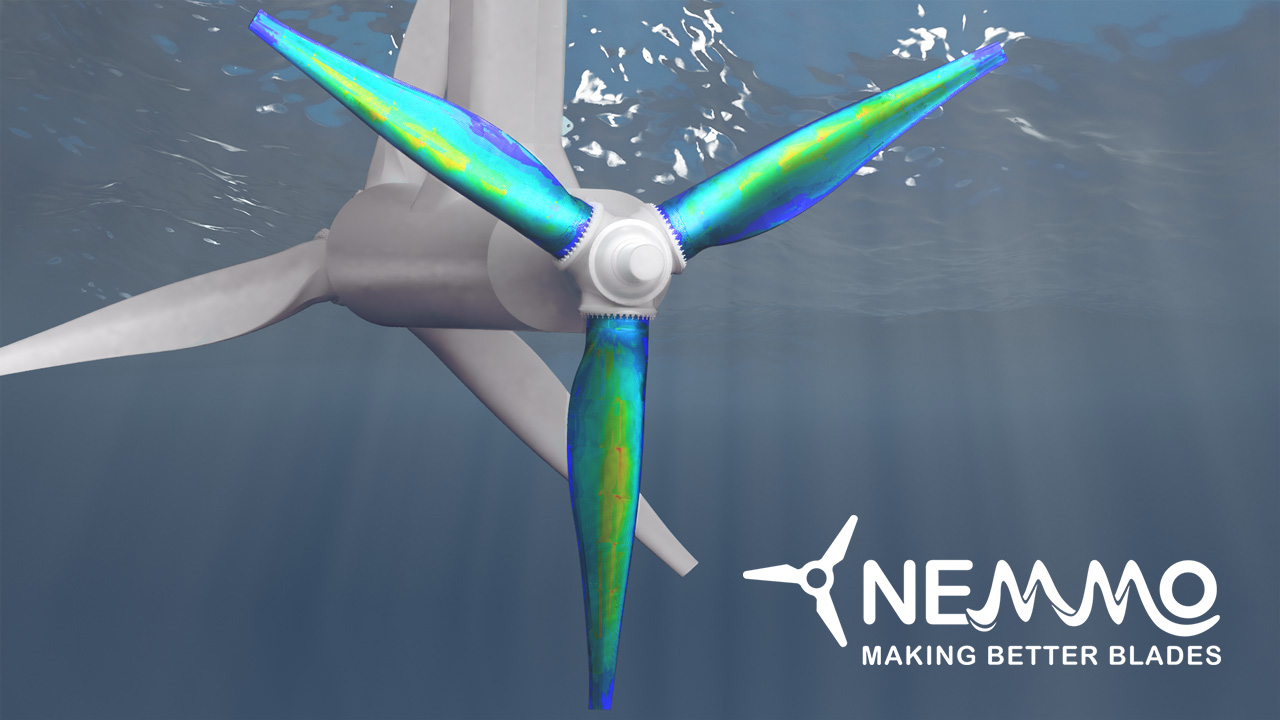
Among our scientific-technological contributions in the field of renewable energies, we can highlight some European projects such as NEMMO (http://www.nemmo.eu/), in which, in collaboration with several partners, we work on the design and modelling of larger, more efficient and more durable composite tidal turbine blades. The developments carried out, together with improvements in the material performance, will increase the annual tidal generator performance, lifespan and power with reduced LCOE values.
Do you want to know more? Ask the team!
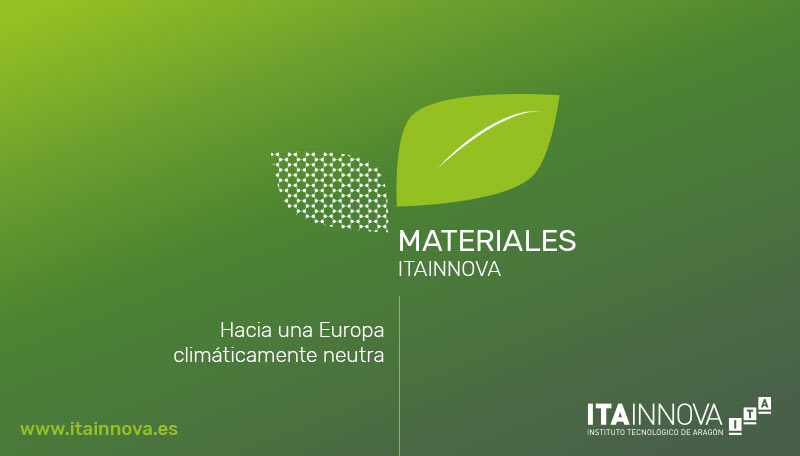
ITAINNOVA committed to #ClimateNeutrality.
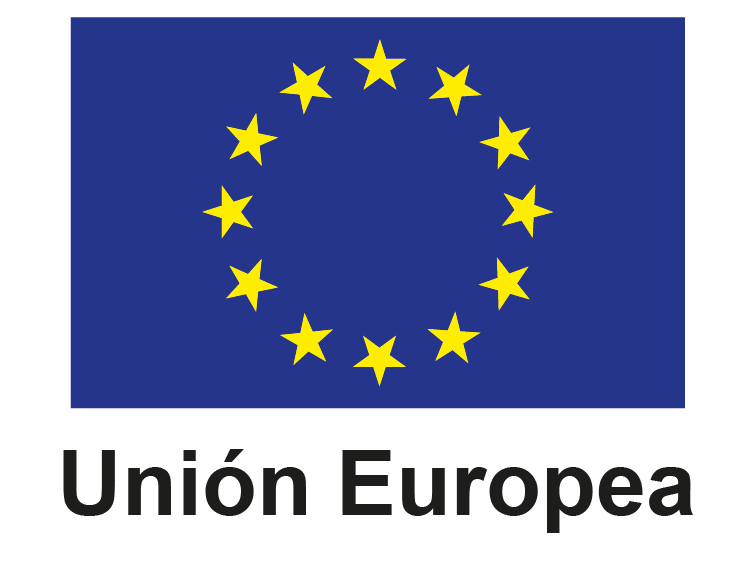
Construyendo Europa desde Aragón
Fondo Social Europeo (FSE)

Susana Calvo
ARTÍCULOS DEL MÍSMO ÁMBITO
-
Resumen de la jornada sobre Energía Limpia (II TechWeek de ITAINNOVA)
Miércoles, 21 Diciembre 2022
- Redes de distribución eléctricas
- Sistemas de generación eficientes
- Tecnologías de hidrógeno
-
Energías renovables: innovación en materiales para un futuro bajo en carbono
Lunes, 05 Julio 2021
- Sistemas de generación eficientes
OTROS ARTÍCULOS
-
EL ANÁLISIS QUÍMICO DE MATERIALES METÁLICOS: GARANTÍA DE DURABILIDAD Y CALIDAD
Miércoles, 20 Marzo 2024
- Ensayos
- Industria circular
- Materiales






